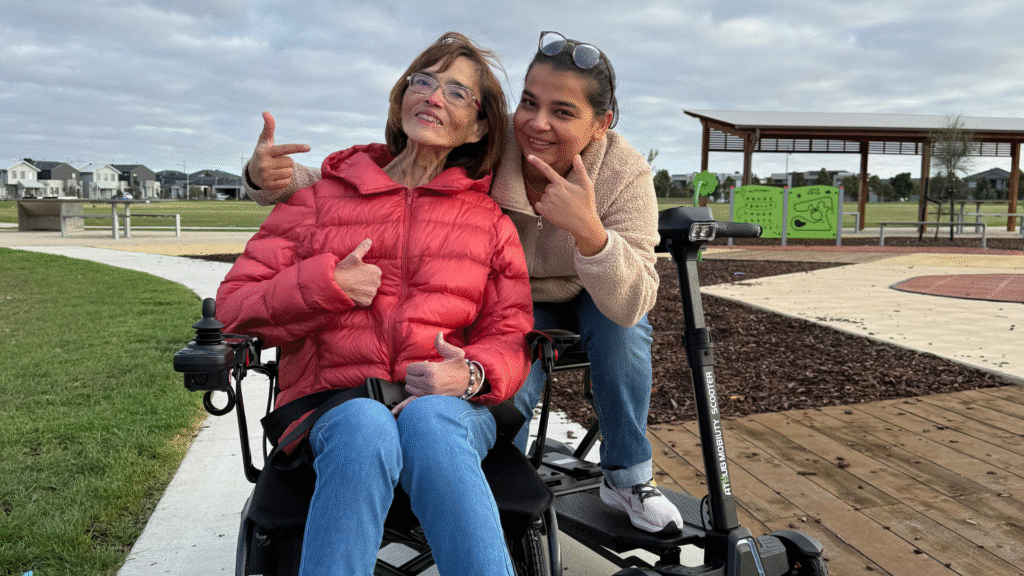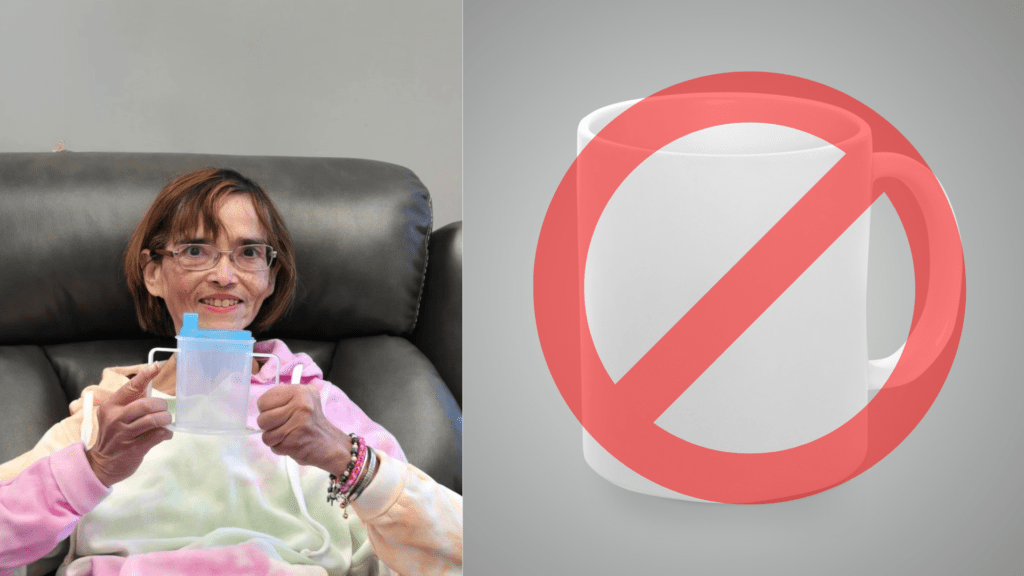What Is Inclusive Retail Design?
Inclusive retail design ensures everyone, regardless of ability, can navigate and enjoy a shopping space. While most retail stores meet basic accessibility requirements, many fail to consider how wheelchairs and especially mobility scooters function in real life.
From narrow aisles and sharp turns to poorly placed displays and inaccessible entrances, many Australian stores unintentionally exclude shoppers who rely on mobility aids.
Why Mobility Devices Matter
Wheelchairs and scooters provide independence, dignity, and freedom. For retail spaces, that means:
- Welcoming more customers with diverse mobility needs
- Allowing longer, more enjoyable shopping visits
- Reflecting inclusive values through thoughtful design
Yet large scooters are often seen as problematic due to their size. They’re heavy, wide, and have a large turning radius, which makes cramped layouts almost impossible to navigate.
Real-World Problem:
Scooters get stuck between shelves. Some can’t enter the store at all due to narrow entry points or cluttered layouts. Even when allowed, there’s rarely space to park or recharge. This turns a helpful mobility aid into a source of anxiety or inconvenience.
Retail Design Challenges and How to Solve Them
Here’s how you can start building better spaces, from small shops to large malls:
Solution 1: Reconfigure Layouts for Movement
- What’s the issue?
Tight turns, narrow aisles, and random displays create dead ends for scooters. - What’s the fix?
Widen aisles to at least 1,000 mm and allow a 1,500 mm turning circle at end caps or corners. - Pro tip: Modular shelving allows you to update layouts easily without full renovation.
Solution 2: Choose Devices with Smaller Turning Radius
- What’s the issue?
Not all scooters fit everywhere. - What’s the fix?
Recommend slimline or compact mobility scooters with a tighter turning radius. These are easier to manoeuvre in crowded or narrow environments. - Pro tip: At Assistive Tech Hub, we offer compact scooters that glide through even tricky retail layouts.
Solution 3: Introduce Clear Navigation Paths
- What’s the issue?
Customers don’t know which areas are accessible. - What’s the fix?
Use wide signage, floor markers, or mats to indicate open paths and no-obstruction zones. Train staff to keep walkways clear.
Solution 4: Provide Scooter-Friendly Facilities
- Create accessible rest areas with space for scooters and wheelchairs
- Install charging stations near seating areas
- Ensure entrances and lifts can accommodate larger mobility devices
- Offer safe, monitored scooter parking near entrances
Solution 5: Train Staff on Accessibility Awareness
- Staff should understand how to assist without being intrusive
- Encourage staff to keep aisles clear and avoid blocking ramps or corridors
- Empower them to offer guidance on access routes, especially during busy hours
Assistive Tech Hub’s Role in Making Access Easier
We don’t just sell mobility equipment—we make it work for everyday life. Whether you’re a retailer, mall owner, or architect, we can help:
- Recommend retail-friendly scooters and power wheelchairs
- Guide you on turning radius, layout spacing, and equipment selection
- Support you in designing docking areas or mobility service counters
- Offer free consultations on creating more accessible retail environments
Explore our mobility scooters and power wheelchairs
FAQs
Q: What makes scooters harder to accommodate than wheelchairs?
A: Scooters are generally larger and have a wider turning radius. They can be longer and less agile in narrow spaces, making standard aisle widths or doorways difficult to navigate.
Q: How wide should aisles be for scooters and wheelchairs?
A: Aisles should be at least 1,000 mm wide. For turning zones, 1,500 mm is recommended, especially near checkout counters and corners.
Q: Are there scooters made specifically for tight spaces like retail shops?
A: Yes. Compact or portable scooters are designed with smaller turning circles and narrower frames, making them ideal for retail and indoor settings. Browse options here.
Q: What can retailers do to be more inclusive without major renovations?
A: Reorganise shelf layouts, clear cluttered pathways, use flexible shelving, and offer customer service training focused on accessibility. Small layout changes often have big impact.
Q: Should charging stations be included in malls or large stores?
A: Absolutely. Charging stations or resting docks offer practical help and show a store’s commitment to accessibility. They’re especially useful in larger malls.
Q: What support does Assistive Tech Hub offer to store owners or designers?
A: We provide guidance on equipment selection, space planning, scooter-friendly layouts, and more. We can even assist in trial setups or in-store equipment demos.
Final Thoughts
Retail spaces should feel open, welcoming, and functional for everyone. By designing for people using wheelchairs and scooters, stores can create better experiences and attract a wider customer base.
Mobility devices aren’t barriers—they’re essential tools for access. With a few smart changes, you can transform your retail space into one where everyone feels seen, supported, and free to shop at their own pace.
Ready to make your store or centre more accessible?
Check out our lightweight and compact mobility equipment online or book a free consultation.
Visit Assistive Tech Hub for more details.



